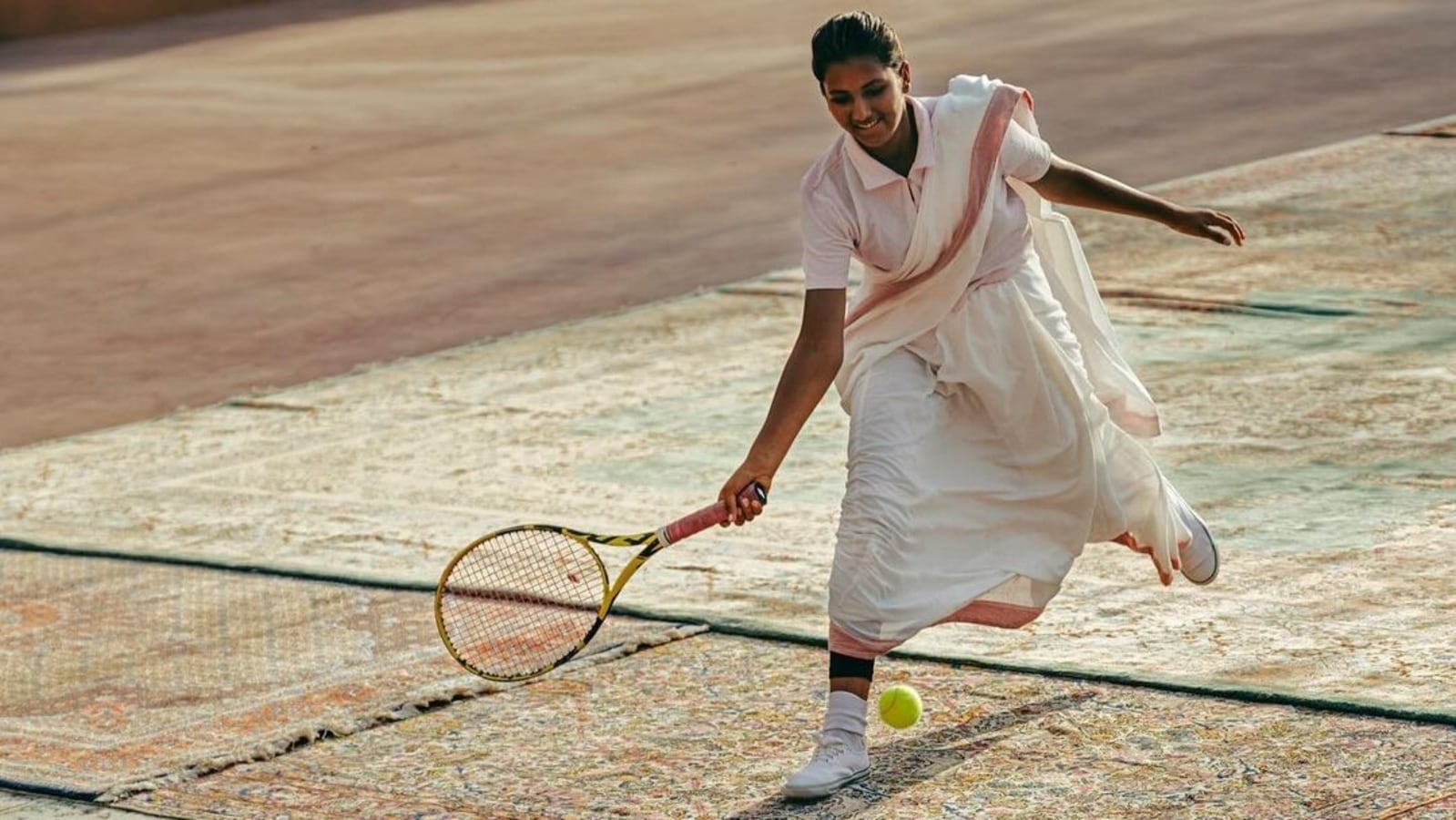As home interiors evolve, carpets are emerging as central features that blend art with cultural heritage. Indian carpets, renowned for their intricate craftsmanship and rich stories, are now showcased in homes worldwide. The industry is evolving by combining traditional techniques with contemporary designs, emphasizing customization and sustainability.
Future trends in carpet design are reshaping interior aesthetics, reflecting broader cultural shifts and a commitment to environmentally friendly manufacturing. Tradition and Modernity Collide Indian carpets are well known for their elaborate designs and vibrant hues. Nevertheless, a paradigm shift is taking place in the sector.

Designs that are in line with modern aesthetics are the outcome of reinterpreting classic elements through a new viewpoint. For example, geometric patterns have developed beyond strict symmetry to include asymmetrical components and negative spaces, resulting in compositions that are visually arresting and dynamic. Additionally, floral motifs have changed as a result of designers experimenting with minimalist interpretations and abstract forms.
The blending of contemporary and tradition is a result of changing consumer tastes. The younger generation is looking for carpets that fit their lifestyle, with an affinity for modern and minimalist interior design. Classic themes are seeing a comeback in popularity as people come to see the eternal beauty of ancient patterns.
For the industry to succeed going forward, it must be able to satisfy this wide range of tastes. The Appeal of Neutrals As they offer a flexible background for a wide range of interior design styles, neutral tones continue to rule the carpet market. An aura of sophistication and serenity is produced by warm beiges, earthy browns, and soft greys.
Homeowners aiming for a classic style often choose these hues because of their ability to blend well with various colour schemes. Neutral carpets provide practical benefits beyond their aesthetic appeal. They may aid in giving the impression that a room is larger visually, appearing airier and more open.
They are also a sensible option for busy homes because they are impervious to spills and stains. Textured Carpets Texture is yet another important factor influencing carpet designs. The tactile quality of a carpet is becoming more and more significant, from soft shag carpets to elaborate woven designs.
A room's mood is made cosier and more welcoming by the depth and character that textured carpets provide. Shag rugs provide a feeling of warmth and elegance because of its long, fluffy pile. In living areas and bedrooms where unwinding is crucial, they work especially well.
Conversely, carpets with cut and looped loops have a more structured appearance and add visual interest due to the different pile heights. These carpets can bring some contemporary elements into a room without sacrificing cosiness. Putting Sustainability First The market for sustainable goods is expanding along with environmental awareness.
In response to this trend, the carpet industry is providing a greater array of environmentally sustainable solutions. Increasingly popular are rugs made from natural jute, recycled fibres, and organic wool. Conscious consumers' values are also aligned with these sustainable choices, which lessen their influence on the environment.
The manufacturing method is also getting more environmentally friendly, beyond only the materials. Reducing energy use and conserving water are two sustainable strategies that many carpet manufacturers are implementing. Individuals can enjoy an attractive and long-lasting floor covering while also making a positive environmental impact by selecting a sustainable rug.
Rugs as Home Decor Rugs are no longer only floor coverings as they once were. They will become the centre of attention as striking design features in 2024. Thanks to this change, homeowners and interior designers can now play with textures, patterns, and locations in previously unheard-of ways.
Envision an exquisite, sizable rug adorning the wall of your living room, turning it into the centre of attention. Or maybe your dining table is covered with a smaller, more delicately patterned rug that makes eating a sensory extravaganza. These creative rug uses provide your house with a splash of unexpected drama, depth, and character.
Expressions in Abstracts The rug industry has also been impacted by abstract expressionism. These contemporary works of art have flowing lines, brilliant hues, and whimsical patterns. Consider them as floor-based wearable artwork.
An abstract rug can be the harmonic accent to an eclectic environment or the strong focal point of a minimalist area. Abstract rugs provide a special chance for individual expression that goes beyond beauty. Their free-form designs allow spectators to interpret and relate to the work on their basis.
A focus point for discussion and reflection can be established by an abstract rug, regardless of whether it inspires sentiments of excitement, calm, or joy. The Indian carpet industry is serving a larger clientele than it has in the past due to an increasing focus on customisation and sustainability. Yogesh Chaudhary, Director at Jaipur Rugs provided valuable insights on the current rug trends which can transform and enhance your home interior.
.



















